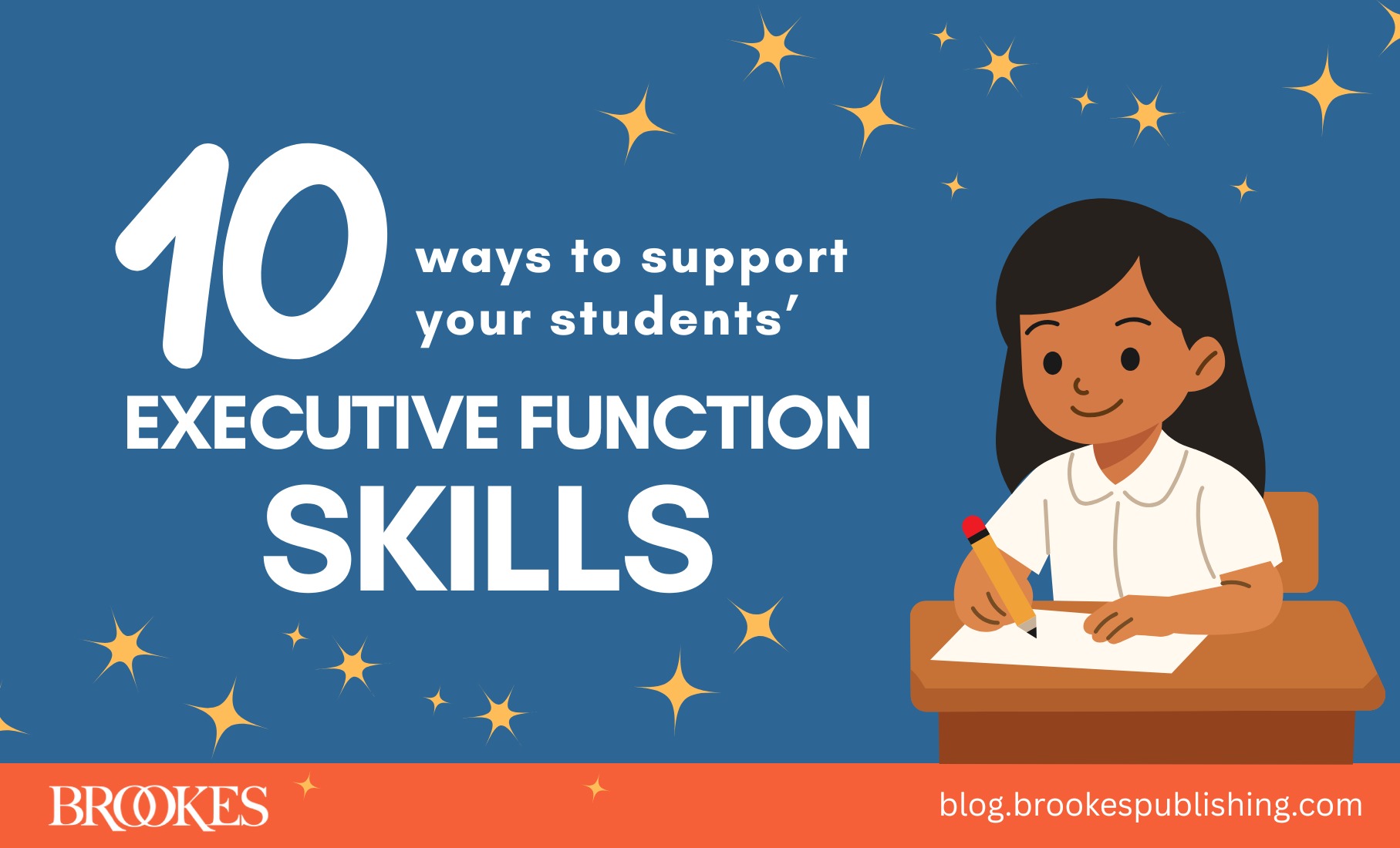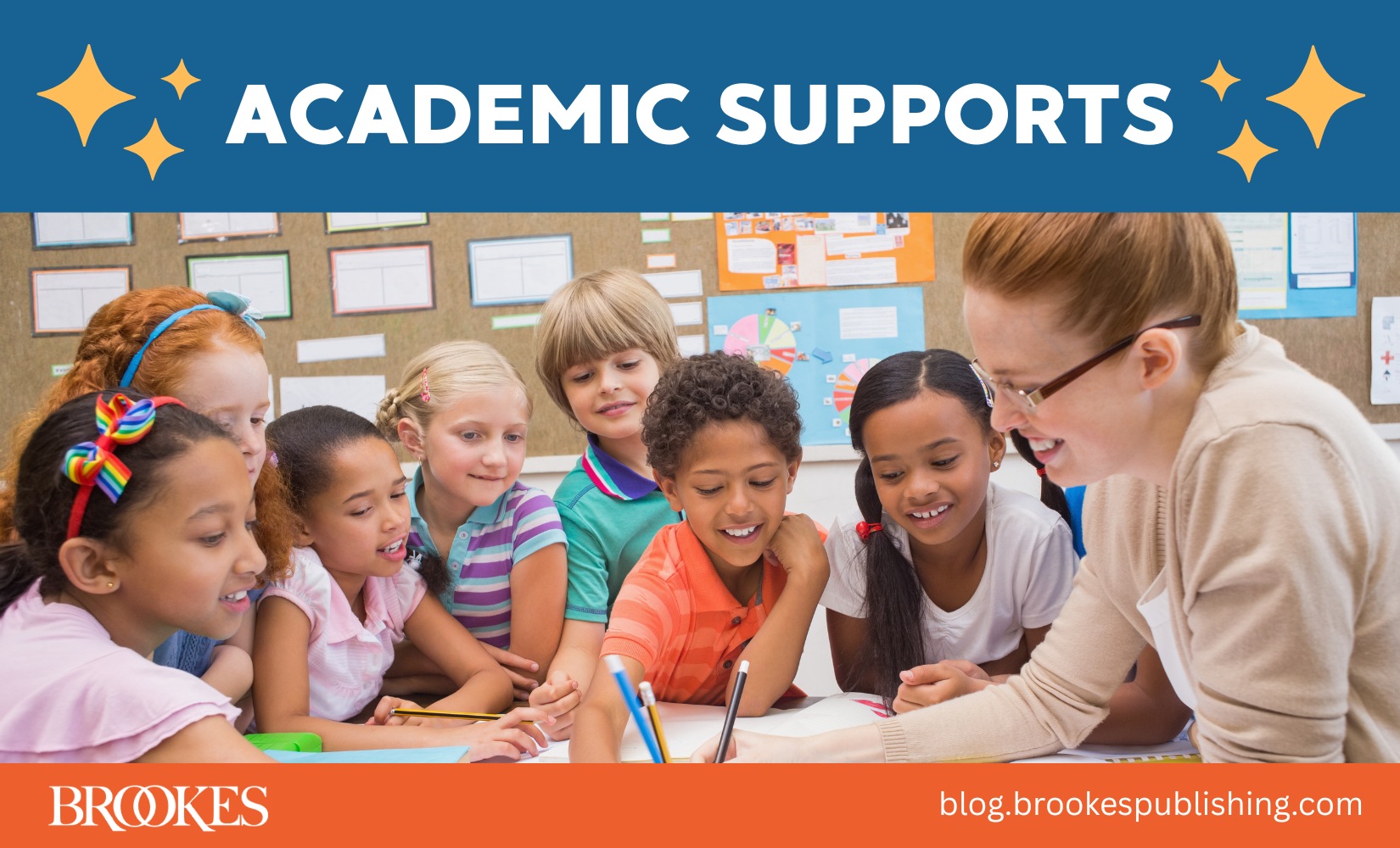GUEST POST: UDL and Self-Regulation During Distance Learning
October 21, 2020
As another month of a difficult school year draws to a close, you might be feeling what many other teachers across the country are feeling: Stressed. Frustrated. Overwhelmed. Full of questions that all feel equally urgent. How can you set expectations for students while still recognizing and respecting the obstacles many of them are facing? How can you help students develop coping skills, support their motivation and engagement, and give them the tools they need to reflect on their growth—even when you can’t see them face to face?
No one has all the answers right now, but today’s guest post offers some insights to help you navigate this year. It’s all about universal design for learning (UDL) and its key role in distance learning, and it’s written by acclaimed UDL expert Loui Lord Nelson, author of the trusted guidebook Design and Deliver and host of the podcasts UDL in 15 Minutes and UDL Research in 15 Minutes (you can access both podcasts here). Read on for Loui’s insights on UDL and self-regulation during remote learning, and check out her podcasts for much more practical guidance from educators.
***
Distance learning is its own environment. What does that mean? When we are teaching in a classroom, that is our environment. We have desks, chairs, rugs, bookshelves, bins, whiteboards, pens, pencils, paper, but we also have emotions, relationships, and interactions. All of this is part of that environment. Distance learning is a different type of environment. Instead of designing the seating (e.g., traditional or flexible), we are offering suggestions on how to create a learning space. Instead of pens, pencils, and paper, students are using devices to create and submit their work. What we still have, though, are emotions, relationships, and interactions—and those are key to making distance learning work.
In relative terms, distance learning is still new for many teachers. Teaching virtually at the end of the 2019-2020 school year was emergency distance learning, driven by a mindset that was part fear, part excitement, part exhaustion, and part pioneer. As districts worked to plan for the 2020-2021 school year, the hope was to establish a mindset of experience and strength, but time and uncertainty got in the way. That has led to continued requests for additional support by teachers as we all continue to operate in the context of COVID-19.
The COVID-19 pandemic directly affects our distance learning designs. It directly affects the decisions we are making, when we provide what genre of instruction, and how we operate day-to-day. It affects how we design our environment. To ignore COVID ignores a major tenet of UDL: Context matters.
Now that we’re clear on the context, let’s move to Universal Design for Learning (UDL). UDL can definitely be used to design accessible digital learning environments, and my favorite way to begin that journey is to dig into one of the guidelines. For this blog post, I’m going to focus on the guideline of Self-Regulation—but first, a little bit about how the UDL graphic organizer is organized.
The UDL graphic of the principles, guidelines and checkpoints is designed to help us move from extrinsic supports (at the top) to supporting intrinsic actions (at the bottom). As David Rose puts it, the Guidelines are literally set up from the outside in. External supports that help students achieve are at the top, with the guidelines that support internal drive at the bottom (see this video). In this blog post, we’ll be digging into supporting those internal drivers through the guideline of Provide Options for Self-Regulation.
First, make sure the expectations that are set are motivating and not punitive. For example, while you definitely want to set due dates, be sure to provide space for students to contact you about challenges they are facing that might prohibit their ability to complete the work on time (e.g., they may be the caretaker for their younger siblings while their parents are at work, which does not leave them time to complete the assignment). As always, you’re going to have learners who need additional time, whether it is stated in an Individual Education Plan (IEP) or the student demonstrates that need.
While you can support the students’ executive functions, this guideline orients us to provide clear expectations and motivational scaffolds to help students achieve those expectations. One way to do this is to purposefully build community among yourself and your students so you get to know their beliefs about their own learning. How they see themselves as learners, and especially digitally-based learners, has a direct impact on their learning. Some might need greater scaffolding to move toward a more empowered vision of themselves.
Next, offer strategies but also elicit suggestions from your learners and others in their age groups to see how they are coping with all of this change and the uncertainty. Just as Boudreau and Pajares point out in this piece from March of 2020, children overhear information and not all of it is true or developmentally appropriate. Depending on their age group, you can design how you share their coping ideas. And coping skills have been bumped to a much higher standing during COVID. Help your learners understand that all coping skills overlap; for example, the coping skills they use to move through an assignment can also help them move through a conflict with a brother or sister. Help them decompartmentalize (which touches on transfer and generalization under the principle of Representation). The Akron Children’s Hospital has a list of 99 healthy coping skills and many of them are actually more doable during distance learning (e.g., #17: Chew gum. Try to blow a bubble)! Finally, make sure learners understand that these skills can be used when participating in online activities, whether synchronous or asynchronous.
Third, provide learners with opportunities to reflect on their growth and change. Offer concrete activities and tools where students identify the skills they’ve gained. Design it so they look at different aspects of their lives including online learning, their own coping mechanisms, relationships skills, or even housekeeping skills! Use this as an opportunity to get to know your students better. Depending on what data the students collect and how you have them keep track of those data, you can build the tool to work as a math lesson (e.g., simple addition and subtraction all the way to percentage gained), a writing lesson (e.g., descriptive analysis or poetry), or even social studies (e.g., understanding how to construct a timeline).
Within the guidelines of self-regulation, you’re helping your students build those internal drivers that will benefit them throughout life. We all need external motivators (can you say weight loss app?), but as we’ve advanced as professionals and adults (e.g., cleaning what we don’t want to clean, like the toilet bowl), we’ve needed to acquire more skills to help us maintain our own motivation. Our motivation has taken a direct hit in the past seven months, and we’re not sure when daily life will improve for everyone—which is why it is crucial that we provide those supports to our learners in all environments, especially digital environments.
***
Thanks to Loui Lord Nelson for being here on the blog today and sharing these distance learning insights for teachers. If you’re seeking additional ideas from educators, check out Loui’s terrific podcast UDL in 15 Minutes, featuring guests like Kelley Culp, Robin Dazzeo, Dan Marsh, Megan Gross and Lisa Yamasaki, and Brenny Kummer. And be sure to check out the new edition of Loui’s popular guidebook, Design and Deliver!




Write a Comment
Your email address will not be published. Required fields are marked *
Post a Comment